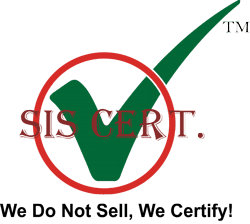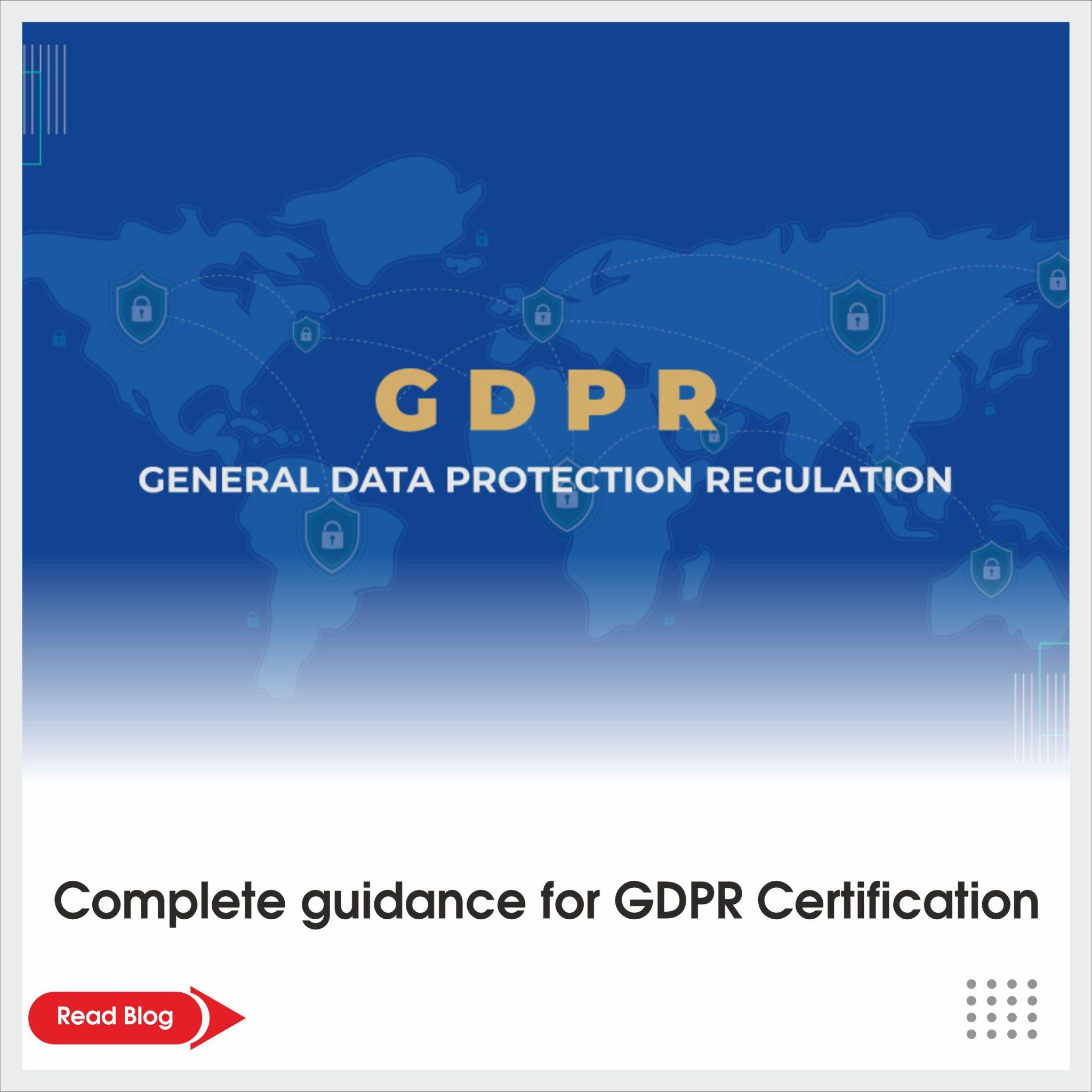An organization is required by ISO 9001 to assess the necessity of taking steps to stop non-conformities from happening again. Customer complaints, bad or unfavorable results, trends from monitoring, reviews, assessments, or inspections, a failure to comply with legal or regulatory standards, or a failure to follow processes can all lead to nonconformities.
As opposed to this, ISO 9001 is meant to prevent the inadvertent delivery or use of nonconforming outputs (outputs should be considered as products and/or services), and it requires that any nonconformity be controlled and repaired to prevent its unwanted use by or delivery to the customer. The only outputs (products and/or services) that an organization is required to deal with under the respective clause (8.7) are those that don’t adhere to the predetermined specifications.
The identification of the nonconformity’s root cause and monitoring and evaluation of the success of the subsequent corrective action should serve as the first steps in the process of nonconformity and corrective action. Nonconforming tests or other work, customer complaints, internal or external audits, management evaluations, and staff observations can all lead to the need for corrective actions.
Correction definition
According to ISO 9000, correction (sometimes known as immediate correction) is the process of removing a nonconformity or flaw that has been identified. Along with taking remedial action, a correction can be made. Reworking the component, accepting the nonconformance through the concession procedure, replacing the product, or discarding the product are all possible corrections for product nonconformities.
What is a remedial action?
The fundamental cause(s) and contributing cause(s) of the undesirable condition, situation, nonconformity, or failure are addressed, and action is made to stop it from happening again. You must identify every reason (root cause and contributing causes) that has caused or may have caused an undesired state, situation, nonconformity, or failure as part of the corrective action process.
When should remedial action be used ⮯
Depending on the level of risk, the appropriate level of management within the organization should decide whether or not to use the corrective action process. This advise offers a 6-step technique for taking corrective action and complying with each of these clauses’ obligations. There are numerous things that can start the corrective action process, for instance.
-A potential threat to workers or the product’s safety;
-Reliability or performance problems with the product;
-High influence on operations for production and/or maintenance;
-repetitive issues with a single activity or process, or issues that are similar in several activities and processes;
-Detecting nonconformity is difficult; client request;
-Significant problems with the management system;
The location of complex issues that require outside assistance to resolve is not the issue itself.
These certain outline the conditions that must be met for a nonconformity to occur as well as steps to take in order to avoid difficulties or nonconformities of a similar nature. Instead of seeking out blame or a department that is “more responsible than another,” the investigation of nonconformities should aim to identify and address the organizational flaws that led to them.
A nonconformance report should be raised and appropriately entered into the nonconformity log whenever your internal audits find that your organization’s policy, objectives, standards, and other requirements as outlined in their management system are either not implemented at all or are implemented incorrectly. Prior to closure, the concerned Line Manager should be required to provide an accepted response.
Both the corrective action and the root-cause must be addressed in order for the nonconformity to be resolved. Any non-conformities, the subsequent steps taken to stop them from happening again, and the success of the remedial action(s), should be well documented and kept. If any company requires a system and documents to help it manage the process of nonconformity and remedial action.




